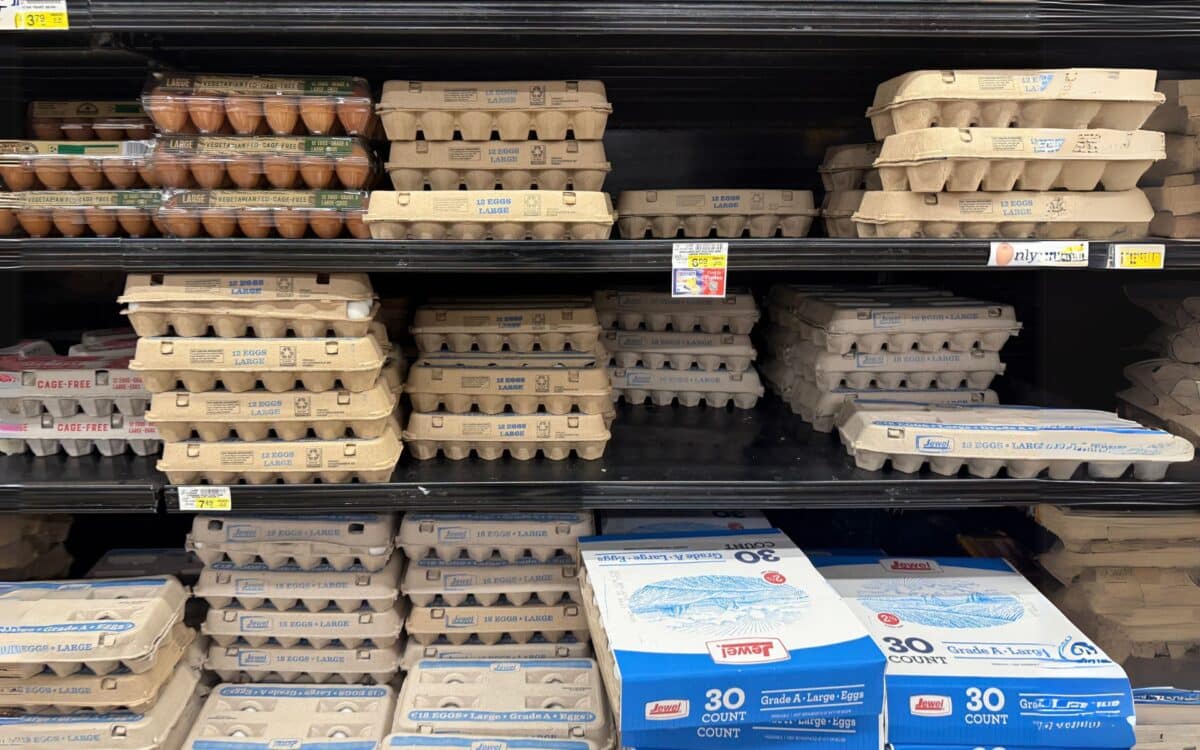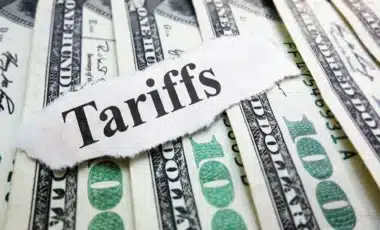Egg prices have been on a sharp decline from their recent peaks, but many consumers are still waiting for these reductions to show up on their grocery bills. The situation is becoming a point of political contention, with figures like President Donald Trump framing the price drop as a victory.
However, as Newsweek reports, the gap between wholesale and retail prices continues to raise questions about when, or if, the price relief will truly reach shoppers. With the egg market still in flux, many are left wondering how long they will have to wait for these changes to impact their everyday purchases.
Political Rhetoric vs. Consumer Reality: When Will Egg Prices Finally Drop?
Egg prices are significantly dropping from their recent highs, yet many consumers might not notice the effects at their local stores just yet.
President Donald Trump has framed the recent egg price reduction as a political victory, telling attendees at the White House’s Iftar Dinner that “the problem with eggs was Joe Biden”.
Despite the political rhetoric, average Americans are still unsure when they will benefit from the months-long egg cost crisis being alleviated.
As of mid-March, White House Press Secretary Karoline Leavitt reported a 47% decrease in wholesale egg prices, with a dozen eggs dropping by $3.10 since January 24.
Wholesale egg prices, they continue to fall. A dozen eggs are now $3.10 cheaper since January 24. That’s a 47 percent decrease overall – she said.
While this is seen as good news, especially in light of the ongoing concerns over inflation, the actual price reduction at grocery stores has yet to reflect these changes.
This is a significant issue, as eggs have become a key touchstone for consumers assessing the impact of inflation and the administration’s ability to address it.
According to the U.S. Department of Agriculture (USDA), wholesale prices for large white eggs have fallen to $3.27 per dozen, with some reports showing the price below $3 for the first time since October.
This is a dramatic drop from the historic high of $8.17. However, grocery store prices tell a different story. At stores like Kroger, a dozen Grade A eggs is priced at $7.39, while Walmart offers cage-free eggs for $7.12.
These prices represent a stark contrast to the wholesale prices, leaving consumers wondering why the benefits of price reductions are not reaching the store shelves.
Where Is The Difference Coming From?
The gap between wholesale and retail prices is influenced by a few factors.
First, prices are often localized – explained Darren Hudson,
A professor of agricultural and applied economics at Texas Tech University.
For example, I was just at the store and white, Grade A eggs were $4.39 in Lubbock, Texas. It may depend on proximity to egg production, local demand, etc. Cage free were around $5.50 per dozen. Free range/organic were around $7.50 a dozen.
Additionally, retail prices reflect the wholesale prices at the time of purchase. If stores contracted for eggs at higher wholesale prices, these prices must be sold before newer, lower-cost inventory can reach the shelves.
Retail prices also tend to lag behind wholesale prices by a couple of weeks due to inventory and contractual agreements.
If stores had been contracting at higher wholesale prices for later delivery, that inventory has to be moved out before the newer wholesale prices feed to the retail level – Hudson continued.
Stores with lower volume may be a bit slower to lower prices because it takes a bit longer to move the previously purchased eggs out the door.
Despite concerns from some lawmakers and farmer advocacy groups about price-gouging due to the avian flu, experts believe that the primary cause of the price fluctuations is not market manipulation but rather the effects of the avian flu, which has disrupted egg production.
Grocery retailers are concentrated, and the egg industry to a lesser extent is also concentrated, so it’s important to be vigilant for anticompetitive behavior,
Noted Joseph Balagtas, a professor of agricultural economics at Purdue University.
But I think the main driver of the dramatic swings we’ve seen in egg prices over the past few years is not market power or greed but avian flu.
Hudson also emphasized that unless you’re dealing with a “localized monopoly”, price gouging is unlikely to be the cause of the price swings.
Basic staple commodity prices are pretty competitive and with high frequency of purchase by households, they are quick to spot price differentials – he said.
When Can Consumers Expect Prices To Drop?
Consumers are starting to see some price reductions, particularly with the Easter and Passover seasons approaching. The USDA reports that while production is recovering, it may take time for the price cuts to be reflected on store shelves due to seasonal demand.
To help meet the upcoming demand, the U.S. government is temporarily importing eggs from countries like Turkey and South Korea.
Experts predict that retail prices will continue to fall as the effects of increased egg production begin to trickle through the supply chain.
Barring another surge in avian flu, I’d expect to see retail prices fall just as wholesale prices have fallen through the month of March – said Balagtas.
HPAI confirmed detections were down in March compared to previous months. So the lower wholesale prices are reflecting a recovery in egg production – He added
That retail prices “typically lag wholesale prices by two to three weeks,” meaning Americans can expect to see costs continue to decrease as the effects of restored production levels make their way through the supply chain.









